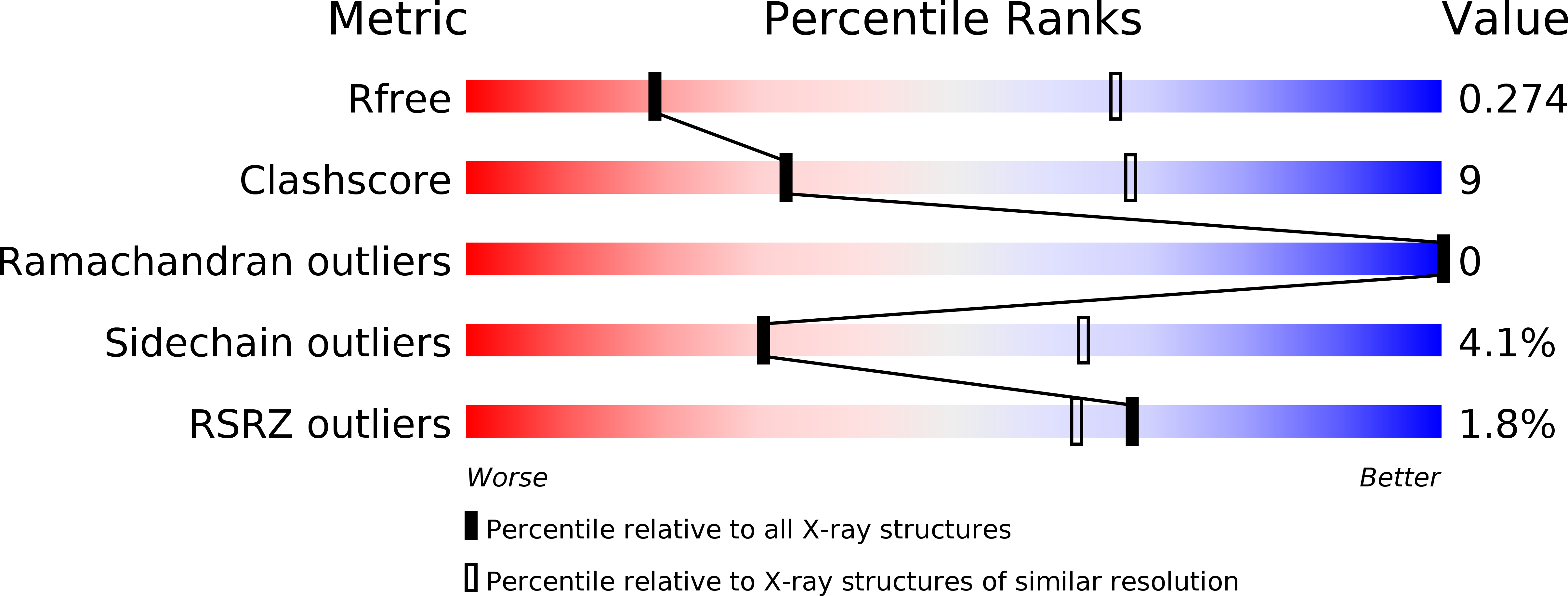
Deposition Date
2015-07-24
Release Date
2016-01-13
Last Version Date
2024-10-16
Method Details:
Experimental Method:
Resolution:
3.50 Å
R-Value Free:
0.27
R-Value Work:
0.23
R-Value Observed:
0.23
Space Group:
I 2 3


